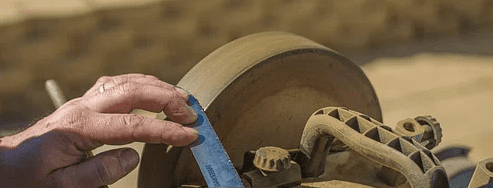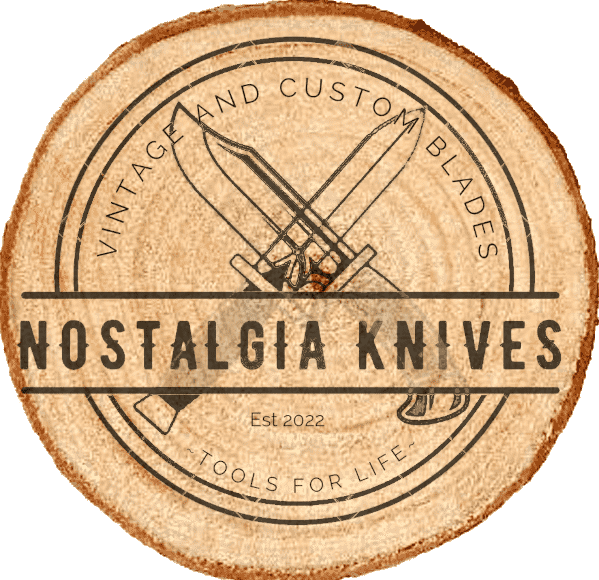Knife Edge Grinds: Some Explanation and Description

Introduction
A crucial aspect of understanding knives and their performance is delving into the world of knife edge grinds. The edge grind of a knife refers to the shape of the blade’s cross-section, influencing its cutting ability, durability, and overall functionality. In this article, we will explore the various types of knife edge grinds, shedding light on their unique characteristics and applications.
Understanding the Basics
Before delving into the specific types of knife edge grinds, it’s essential to grasp the fundamental concepts. The edge grind is formed by shaping the bevel, the angled portion of the blade that extends from the spine to the cutting edge. The angle and geometry of this bevel significantly impact the knife’s performance in terms of sharpness, edge retention, and ease of sharpening.
Flat Grind;
The flat grind is one of the most common and versatile edge grinds. In this grind, the blade tapers from the spine to the cutting edge in a straight, flat manner. It allows for a sharp edge, excellent slicing performance, and ease of sharpening. Flat grinds come in different variations, including full flat grinds and high flat grinds, each offering unique advantages based on the intended use of the knife.
Hollow Grind;
Characterized by a concave curve on each side of the blade, the hollow grind creates a thin, razor-sharp edge. This type of edge grind is popular in straight razors and kitchen knives, offering exceptional slicing ability. The concavity reduces friction during cutting, making it ideal for tasks that require precision and control.
Convex Grind;
The convex grind features a smoothly curved profile that gradually slopes from the spine to the cutting edge. This type of grind is known for its strength and durability, making it well-suited for heavy-duty tasks. Convex edges are more challenging to sharpen than some other grinds but excel in tasks where robustness and edge stability are crucial.
Chisel Grind;
A unique grind that is prevalent in many traditional Japanese knives, the chisel grind has only one beveled side, with the opposite side being flat. This creates a sharp edge suitable for fine detail work. Chisel grinds are often used in woodworking tools and are easy to sharpen on one side only.
Scandi Grind;
The Scandi grind, also known as the Scandinavian or V grind, is characterized by a single, steep bevel that runs directly to the cutting edge. This grind is renowned for its simplicity and effectiveness in woodworking and bushcraft knives. The Scandi grind excels in tasks requiring controlled, precise cuts.
Saber Grind;
In a saber grind, the bevel starts above the midpoint of the blade, creating a strong and durable edge. This grind is commonly found in tactical and survival knives, providing a balance between slicing capability and durability. The added material near the spine enhances the blade’s strength, making it suitable for various challenging tasks.
Double Bevel Grind;
Also known as a compound bevel or double grind, this type features a primary bevel that transitions into a secondary bevel near the cutting edge. The double bevel grind is prevalent in many kitchen knives and offers a compromise between sharpness and durability. It provides excellent slicing performance while maintaining a degree of robustness.
Ad Link: Great Deals on Knife Grinder/Sharpening Equipment at Amz!
In conclusion, the world of knife edge grinds is diverse and fascinating, with each type serving a specific purpose based on the intended use of the knife. Whether you’re an outdoor enthusiast, a chef, or a collector, understanding the nuances of different edge grinds can enhance your appreciation for the craftsmanship behind each blade. The key lies in choosing the right grind for the task at hand, considering factors such as sharpness, durability, and ease of maintenance. As you explore the vast array of knives available, the knowledge of edge grinds will undoubtedly guide you towards selecting the perfect blade for your needs.
~

